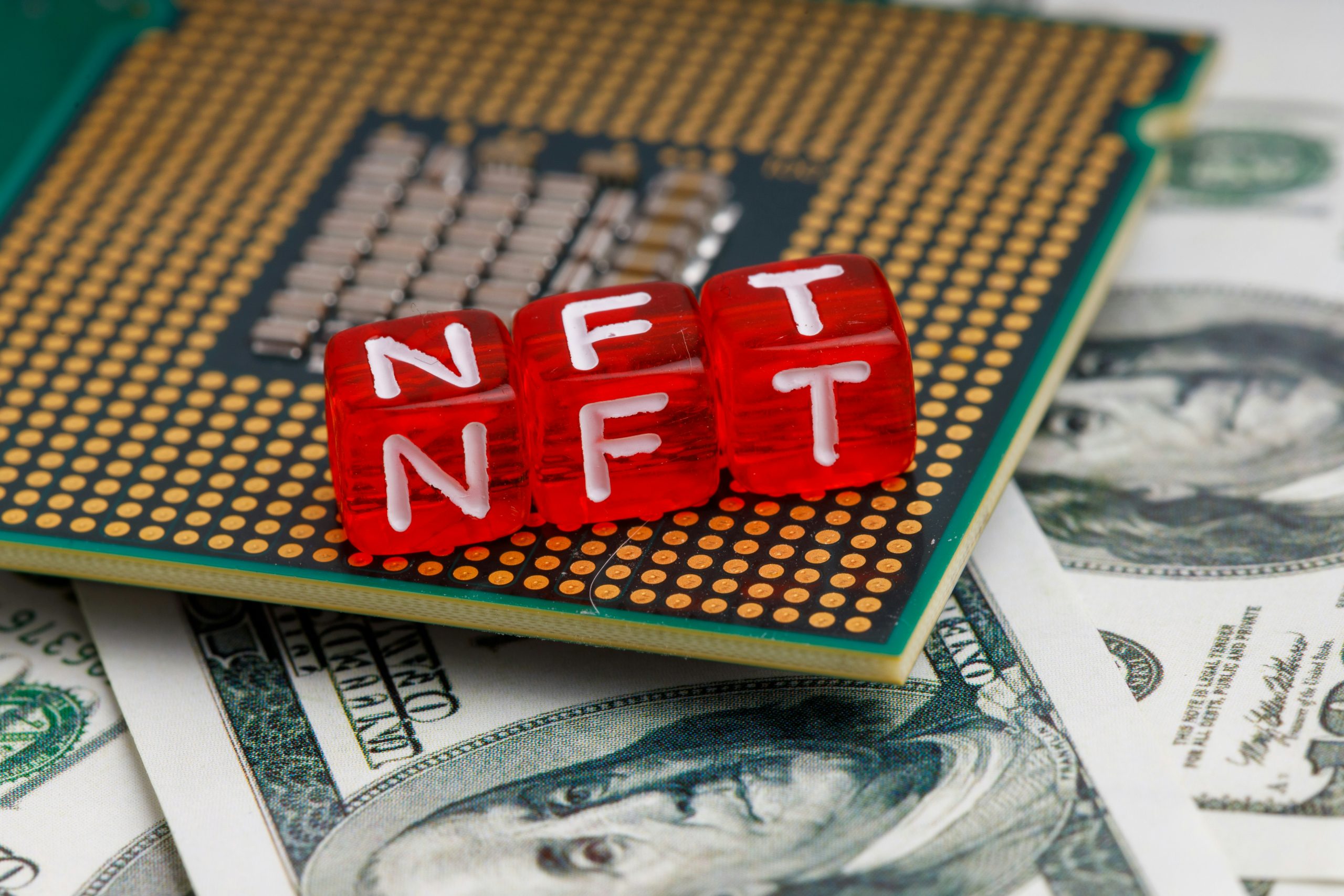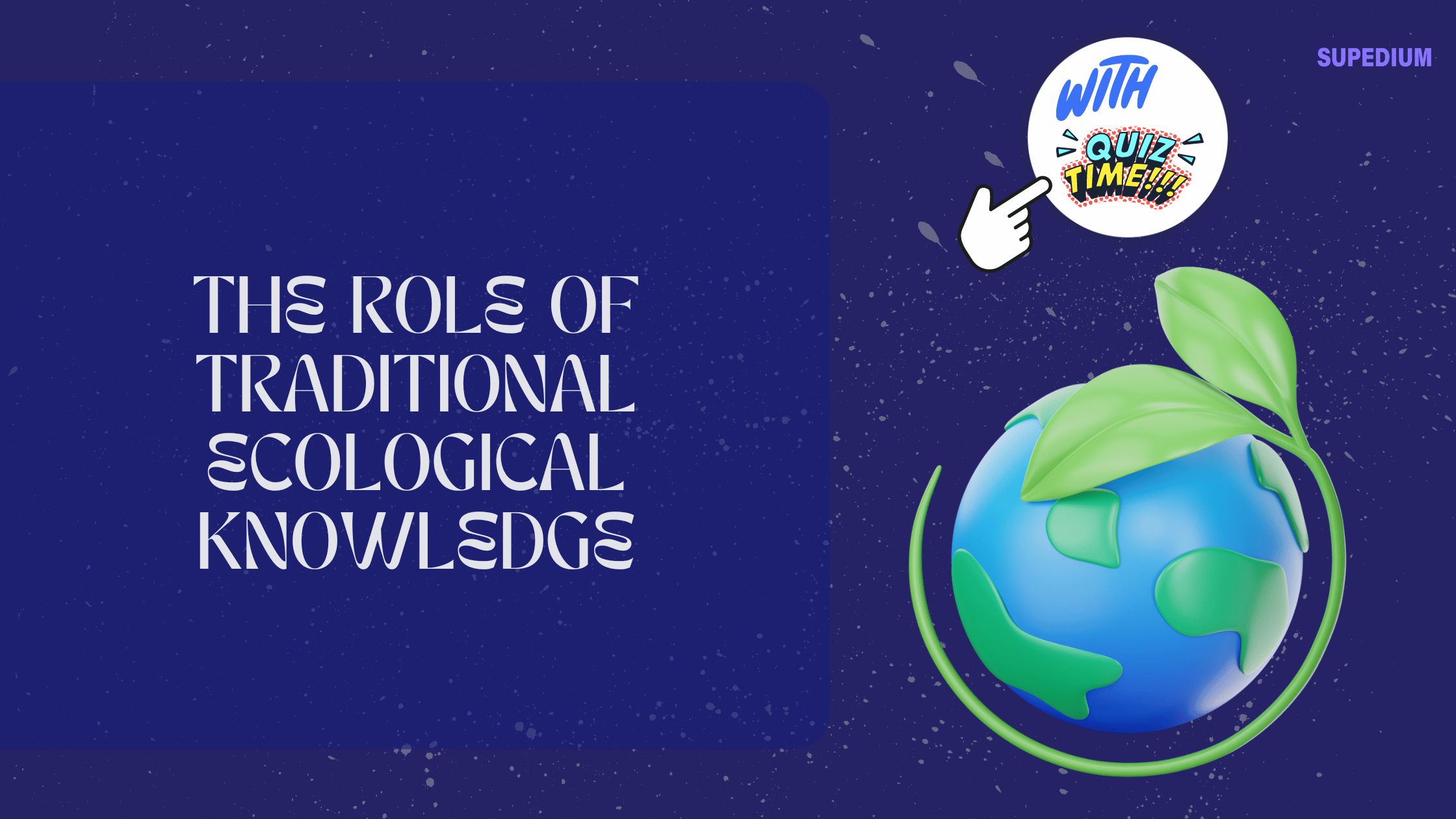Table of Contents
![]()
Introduction to Non-Fungible Tokens (NFTs)
Non-Fungible Tokens (NFTs) have emerged as a revolutionary component of the digital economy, transforming how we think about ownership, creativity, and value in the online world. Unlike traditional cryptocurrencies such as Bitcoin or Ethereum, which are fungible and can be exchanged on a one-to-one basis, NFTs are unique digital assets that cannot be exchanged on a like-for-like basis. Each NFT possesses distinct characteristics and metadata, making it a singular entity.
The concept of NFTs has evolved significantly since their inception. The earliest forms of NFTs appeared around 2012 with projects like “Colored Coins” on the Bitcoin blockchain. However, it was with the development of the Ethereum blockchain and the introduction of the ERC-721 standard in 2017 that NFTs gained mainstream traction. This standard allowed for the creation of truly unique digital assets, paving the way for the explosion of interest and innovation we see today.
Technical Foundations
Blockchain Technology
At the heart of NFTs is blockchain technology, a decentralized ledger that records transactions across a network of computers. Blockchains ensure transparency and security, allowing for the creation and management of digital assets without the need for intermediaries. In the context of NFTs, the blockchain serves as a public ledger that verifies the authenticity and ownership of each token, making it virtually impossible to duplicate or forge.
Smart Contracts
Smart contracts are self-executing contracts with the terms directly written into code. They automate transactions and ensure that the terms of an agreement are executed as programmed. In the NFT ecosystem, smart contracts are essential for defining the rules of the NFT, such as ownership rights, transferability, and any associated royalties. For example, when an NFT is sold, a smart contract can automatically transfer the asset to the buyer and distribute the proceeds to the seller, including any royalties to the original creator.
Token Standards
NFTs are built upon specific token standards that define their properties and functionalities.
- ERC-721: This is the most widely used standard for creating NFTs on the Ethereum blockchain. ERC-721 tokens are unique and indivisible, with each token representing a distinct asset. This standard has become the benchmark for NFTs, allowing for the creation of a diverse range of digital assets from art to collectibles.
- ERC-1155: This standard, also developed on Ethereum, allows for the creation of both fungible and non-fungible tokens within a single contract. ERC-1155 is more flexible than ERC-721, enabling the creation of semi-fungible tokens, which can be particularly useful for gaming and other applications where multiple assets share common attributes.
Types of NFTs
Digital Art
Digital art has been one of the most prominent applications of NFTs. Artists can create, sell, and trade digital artwork in a way that verifies ownership and provenance. Platforms like OpenSea, Rarible, and Foundation have become popular marketplaces where digital art NFTs are bought and sold. The ability to include royalties in smart contracts also allows artists to earn a percentage of future sales, providing a new revenue stream.
Collectibles
NFTs have also revolutionized the world of collectibles. Digital collectibles, such as CryptoPunks and NBA Top Shot moments, have gained significant popularity. These tokens represent unique items or moments that can be collected and traded. The value of these collectibles is driven by rarity, demand, and cultural significance, often leading to high-profile sales and investments.
Gaming
In the gaming industry, NFTs are used to represent in-game assets, such as characters, skins, and items. Games like Axie Infinity and The Sandbox utilize NFTs to create a play-to-earn model, where players can earn rewards and trade assets within and outside the game. NFTs enable players to have true ownership of their in-game assets, which can be bought, sold, or used across different games.
Virtual Real Estate
Virtual real estate refers to parcels of land within virtual worlds or metaverses. Platforms like Decentraland and The Sandbox allow users to purchase, develop, and trade virtual land using NFTs. This virtual land can be used for various purposes, including creating virtual experiences, hosting events, or building digital businesses. The value of virtual real estate is influenced by location, development potential, and community engagement.
Music and Media
NFTs are also making waves in the music and media industries. Musicians and content creators can use NFTs to sell exclusive content, such as unreleased tracks, concert tickets, or digital memorabilia. NFTs offer a new way for creators to monetize their work and connect directly with their audience, bypassing traditional distribution channels.
NFT Marketplaces
Major Marketplaces
Several platforms facilitate the buying, selling, and trading of NFTs:
- OpenSea: One of the largest and most popular NFT marketplaces, OpenSea supports a wide range of NFTs, including art, collectibles, and virtual real estate.
- Rarible: A decentralized marketplace that allows users to create, buy, and sell NFTs. Rarible also has its own governance token, RARI, which is used to vote on platform decisions.
- Foundation: A platform that focuses on high-quality digital art NFTs. Foundation operates on an invitation-only model, which helps maintain a curated selection of artwork.
How Marketplaces Work
NFT marketplaces function similarly to traditional auction houses but operate entirely online. Users can list their NFTs for sale, set prices, and engage in auctions. Transactions are facilitated through smart contracts, which handle the transfer of ownership and payment. Marketplaces often charge transaction fees or commissions on sales.
Legal and Regulatory Considerations
Intellectual Property Rights
The legal landscape surrounding NFTs is complex, particularly regarding intellectual property rights. Ownership of an NFT does not necessarily confer ownership of the underlying intellectual property. Buyers need to be aware of the rights they are acquiring, including whether they can reproduce, display, or commercially exploit the digital asset.
Regulatory Challenges
The regulatory status of NFTs is still evolving. Different jurisdictions have varying approaches to regulating digital assets, and regulatory bodies are continually assessing how existing laws apply to NFTs. Issues such as anti-money laundering, consumer protection, and tax compliance are central to the ongoing discussions about NFT regulation.
Tax Implications
NFT transactions may have tax implications, depending on the jurisdiction. In many countries, NFTs are treated as property for tax purposes, meaning that capital gains taxes may apply to profits made from buying and selling NFTs. Taxpayers need to report their NFT transactions accurately and comply with local tax regulations.
Economic Impact
Market Valuation
The NFT market has seen explosive growth, with billions of dollars in transactions recorded. High-profile sales, such as digital artwork by Beeple selling for $69 million, have highlighted the financial potential of NFTs. Market trends suggest continued growth, with increasing interest from investors and collectors.
Investment Opportunities
NFTs represent a new asset class with unique investment opportunities. While some view NFTs as a speculative investment, others see them as a way to diversify their portfolios. Investors should consider the volatility of the NFT market and the potential risks associated with investing in digital assets.
Effects on Traditional Markets
NFTs have disrupted traditional markets, particularly in art and collectibles. They offer artists and creators new ways to monetize their work and engage with their audience. The art market, in particular, has seen increased participation from digital-native collectors and investors.
Social and Cultural Implications
Impact on Artists and Creators
NFTs have provided artists with new revenue streams and opportunities for creative expression. By eliminating intermediaries, artists can directly reach their audience and retain more control over their work. However, the NFT market also presents challenges, such as environmental concerns related to blockchain energy consumption and the volatility of NFT prices.
Community and Fan Engagement
NFTs have enabled new forms of community building and fan engagement. Collectors and fans can own a piece of their favorite artists’ work and participate in exclusive events or experiences. NFTs also facilitate direct interaction between creators and their audience, enhancing the sense of community and connection.
Criticisms and Controversies
NFTs have faced criticisms, including environmental concerns due to the energy-intensive nature of blockchain networks. Additionally, the speculative nature of the NFT market has led to concerns about market bubbles and the potential for financial losses. Addressing these issues requires ongoing dialogue and innovation within the NFT ecosystem.
Future Trends and Developments
Technological Innovations
The future of NFTs is likely to be shaped by technological advancements. Innovations such as layer-2 scaling solutions, which aim to reduce blockchain transaction costs and improve efficiency, could enhance the functionality and accessibility of NFTs. New standards and protocols may also emerge, offering greater flexibility and interoperability.
Market Predictions
Predictions for the NFT market suggest continued growth, driven by increasing adoption and new use cases. As more industries explore the potential of NFTs, we may see further integration with emerging technologies and expanded applications in areas such as virtual reality and augmented reality.
Integration with Emerging Technologies
NFTs are poised to integrate with emerging technologies, including the Metaverse and artificial intelligence (AI). The Metaverse, a collective virtual shared space, offers opportunities for new types of digital experiences and interactions through NFTs. AI could also play a role in creating and managing NFTs, enhancing their functionality and creativity.
Conclusion
Non-Fungible Tokens (NFTs) represent a groundbreaking development in the digital economy, offering new possibilities for ownership, creativity, and value. From digital art and collectibles to gaming and virtual real estate, NFTs are transforming various industries and creating new opportunities for creators and investors alike. As the technology continues to evolve, NFTs will likely play an increasingly prominent role in the digital landscape, shaping the future of how we interact with digital assets and experiences. Understanding the complexities of NFTs and their implications is essential for navigating this dynamic and rapidly changing field.
Share This





Be the first to comment